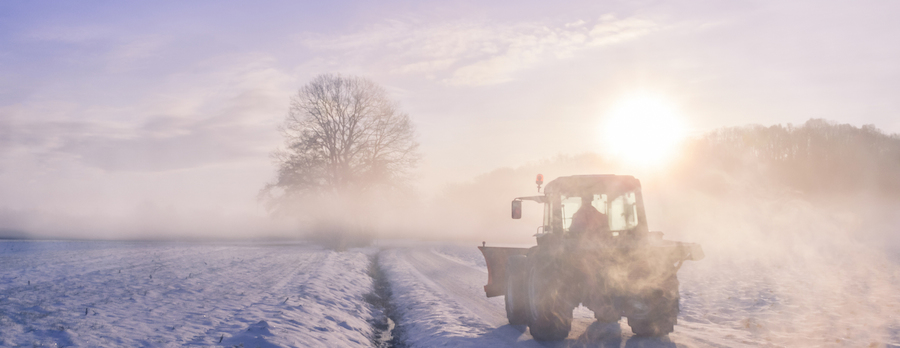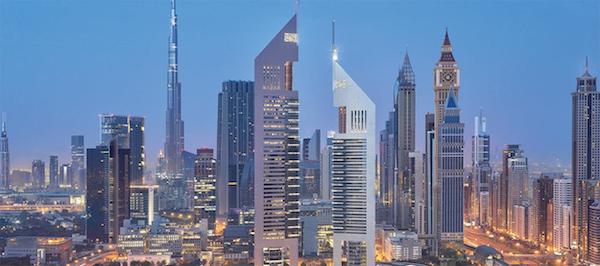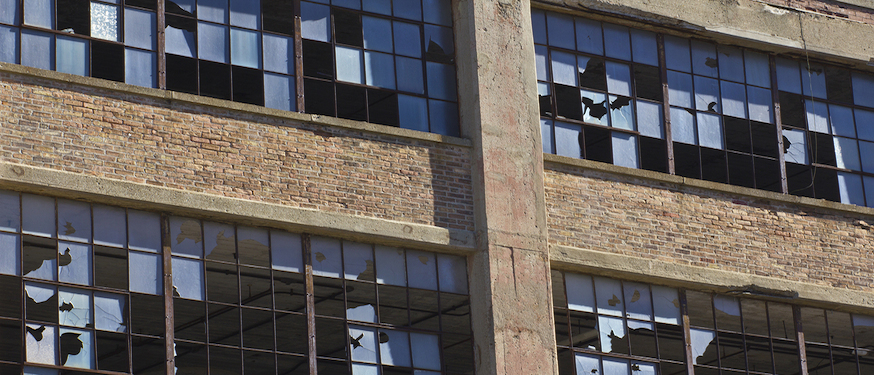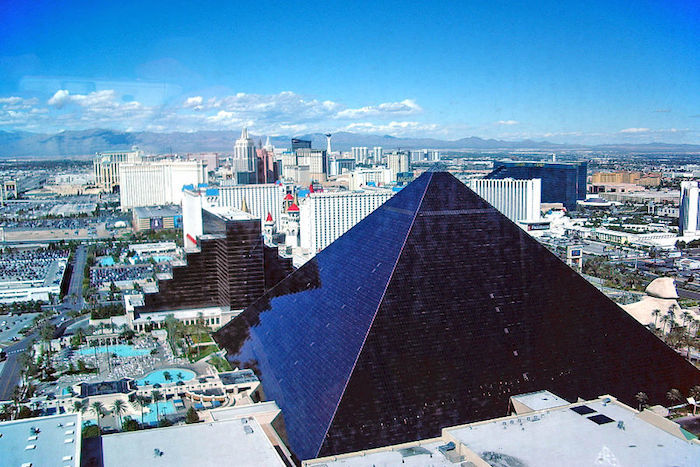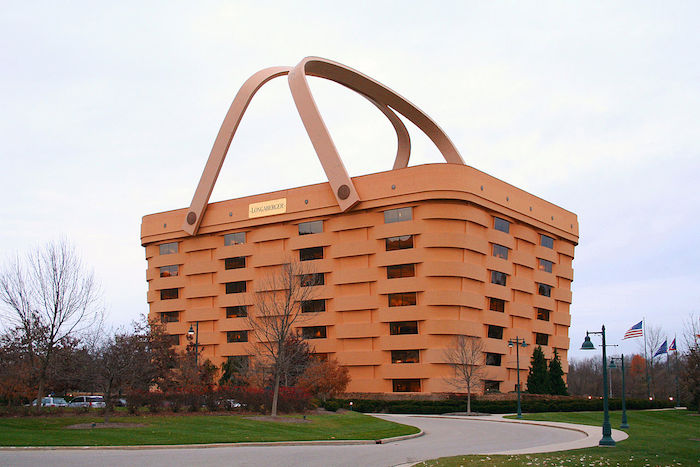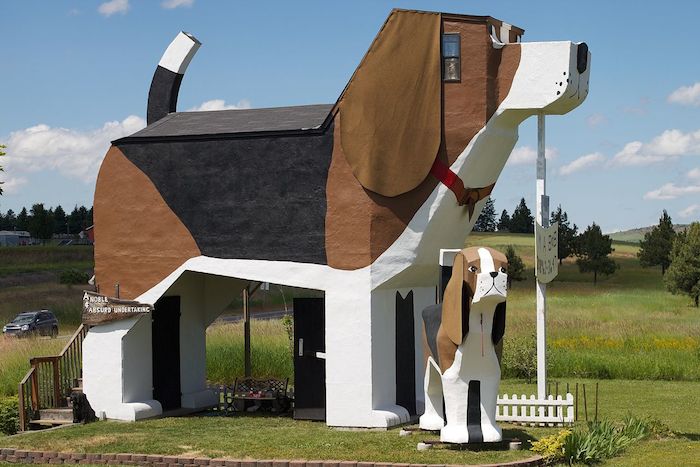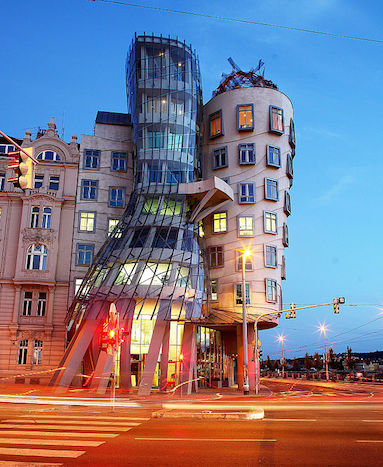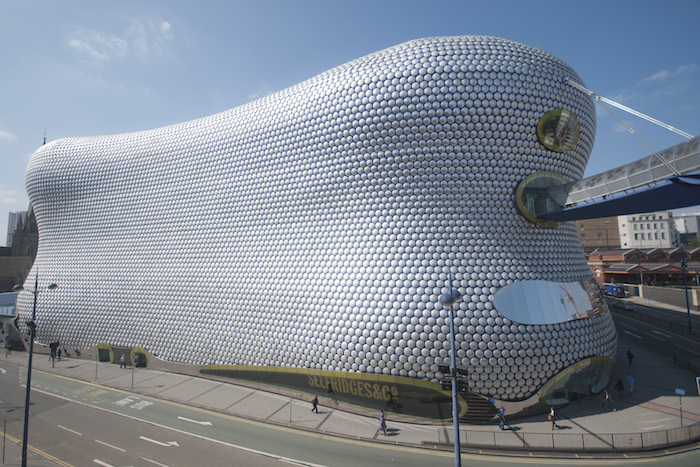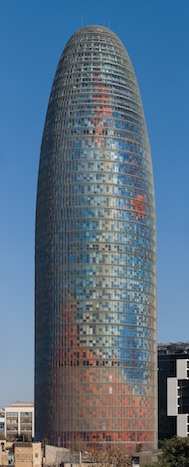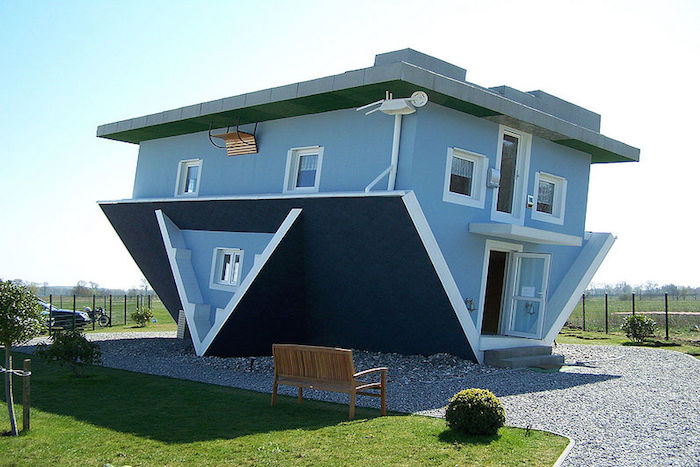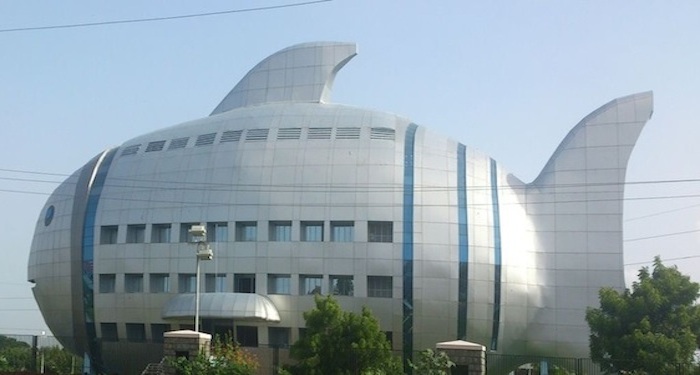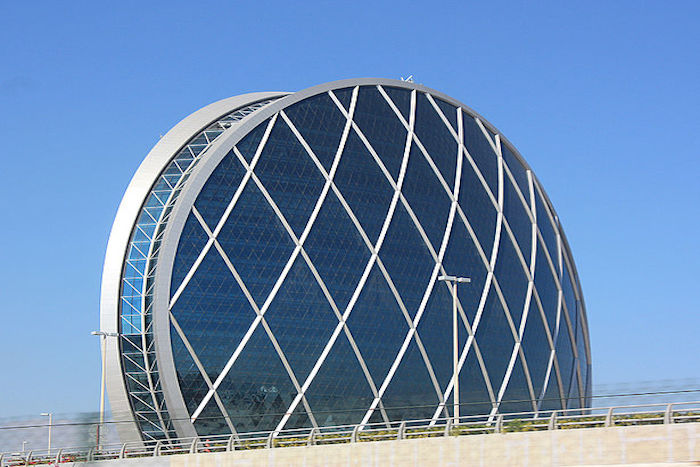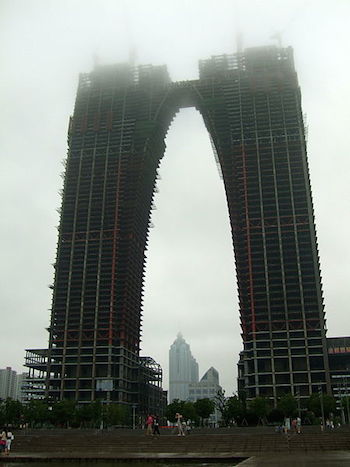We learned today that BobCarriesOn.com is facing a lawsuit by an irate reader who blames us for the severe frostbite he suffered while visiting, allegedly at our recommendation, one of the places featured in a story we recently ran, “The 5 coolest places in America.”
The reader maintains the story should have warned that in none of the places were open-toed sandals appropriate winter footwear. We maintain that he, like far too many Internet users, must have read no further than the headline.
If you missed the story, below are the places we mentioned. Before making plans to visit any of them, please read the descriptions carefully.
Prospect Creek Camp, Alaska
A work settlement during the construction of the Alaska Pipeline, the now abandoned Prospect Creek Camp holds the record for the lowest temperature ever recorded in the United States: -80 degrees F, on January 21, 1971. Tourist attractions include the pipeline’s Pump Station 5, two still-fluttering airstrip windsocks, and what is believed to be one of the largest collections of pre-Internet pornography ever assembled.
Rogers Pass, Montana
Located in a remote wilderness area on the Continental Divide, Rogers Pass holds the record for the coldest temperature ever recorded in the lower 48 states: -70 degrees F, on January 20, 1954. Tourist attractions include one of the largest remaining concentrations of grizzly bears in the lower 48, and various garments belonging to previous visitors who attempted to outrun them.
Peter Sinks, Utah
A basin-shaped natural depression allegedly named for a man who would have done well to look elsewhere for a homestead site, Peter Sinks holds the record for the coldest temperature ever recorded in Utah: -69.3 degrees F, on February 1, 1985. Tourist attractions include various locations where it is speculated the would-be homesteader may have succumbed to the elements during his first and only winter at the Sinks.
Riverside Ranger Station, Montana
Pay attention here, because the town of Riverside, Wyoming, is sometimes listed as holding the record for the coldest temperature every recorded in Wyoming: -66 degrees F, on February 9, 1933. But according to the weather website wunderground.com, that temperature was actually recorded at the now non-existent Riverside Ranger Station, which in 1933 was located where the town of West Yellowstone, Montana, now stands. Tourist attractions in the Wyoming town, which has a population of 53, include anybody who can give directions to West Yellowstone, a gateway to Yellowstone National Park, eight hours away.
Maybell, Colorado
Vail and Steamboat may have their après ski scenes, but the coolest place in Colorado is Maybell, population 72, which is home to the lowest temperature ever recorded in the state: −61 degrees F, on February 1, 1985. Tourist attractions include the restaurant, the gas station, the general store, and, during the spring, a depth of horse poop today found in few other American communities.

